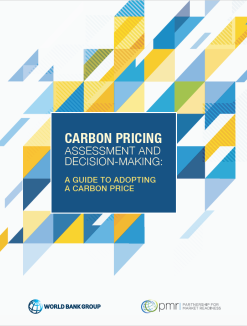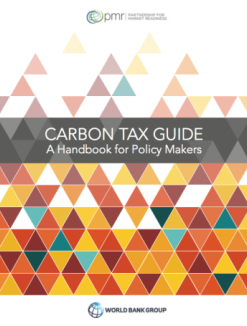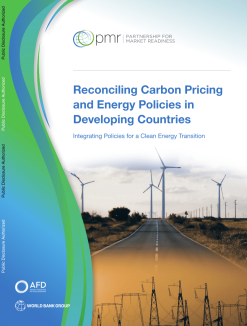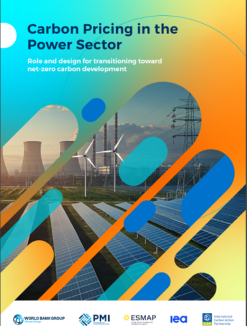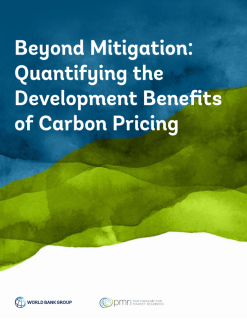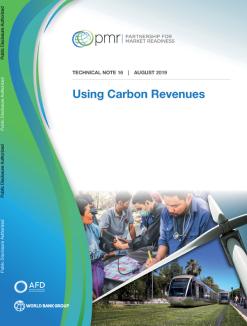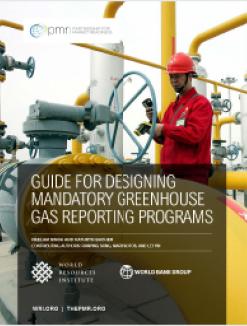
Carbon Tax
Carbon Tax
Carbon Tax
Through a carbon tax a government levies a fee on covered entities for their greenhouse gas (GHG) emissions, providing a financial incentive to reduce emissions. Under a carbon tax, the government sets the price of emissions (the tax rate). The resulting volume of emissions reduction achieved by the policy is determined by the response of the emitting entities to the set price.
Adopting a carbon tax is a significant policy decision that requires careful planning. Moving from preparation to implementation, there are many key decisions to consider, with a whole range of linkages and interdependencies. The resources outlined in this page are intended to help decision makers, policy practitioners and stakeholders make an informed choice throughout the process.
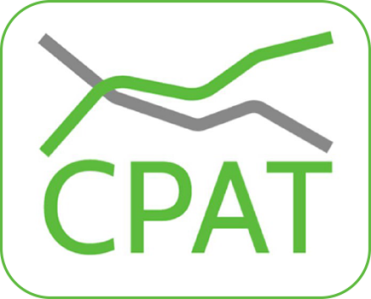
Assessing Readiness by Modelling Impacts
Where sufficient data and resources are available, modeling can serve as a valuable tool to help decision makers gain insights into a range of impacts and broader economic benefits that are relevant to carbon tax design. The World Bank and IMF jointly developed the Climate Policy Assessment Tool (CPAT), a spreadsheet-based modeling tool, to help countries perform a quick diagnostic of the potential benefits of carbon pricing reform across multiple key dimensions, including, not only emissions reductions and macroeconomic aggregates, but also air pollution and health, road fatalities and congestion, distributional impacts on households and industries, and many other metrics.
Before proceeding to designing their carbon tax, policymakers need a clear understanding of what carbon tax entails, and its associated opportunities and limitations. Further, stakeholder and public support are critical for an enduring and robust carbon pricing policy. How jurisdictions communicate their carbon pricing policy plays a key role in creating and maintaining that support.
Unlocking the potential of carbon pricing not only requires setting a clear policy direction but also overcoming political economy challenges—often a delicate balancing of local concerns, industry interests, institutional capacities, and the prevailing political landscape. Further, to position the carbon tax strategically within the broader policy portfolio and in the transition to net-zero, it is important to have a clear view of how the carbon tax will contribute to a jurisdiction’s climate, energy and fiscal policy objectives and its relationship with other current or planned sectoral policies.
When designing a carbon-pricing instrument, it is important to understand both its potential benefits and its costs. For instance, climate goals often compete with other public priorities, and hence it is important to recognize that carbon prices can yield numerous benefits to society beyond climate mitigation—such as cleaner air and water, increased energy and food security, and enhanced macroeconomic stability. It is also important to understand the implications, opportunities, and challenges associated with different approaches to carbon revenue use.
To effectively administer a taxation system, robust institutions and processes are necessary to implement the system and enforce compliance with tax obligations. Where possible, jurisdictions can seek to build on existing systems, either those that already measure GHG emissions or those that monitor other relevant factors such as energy and industrial outputs.
